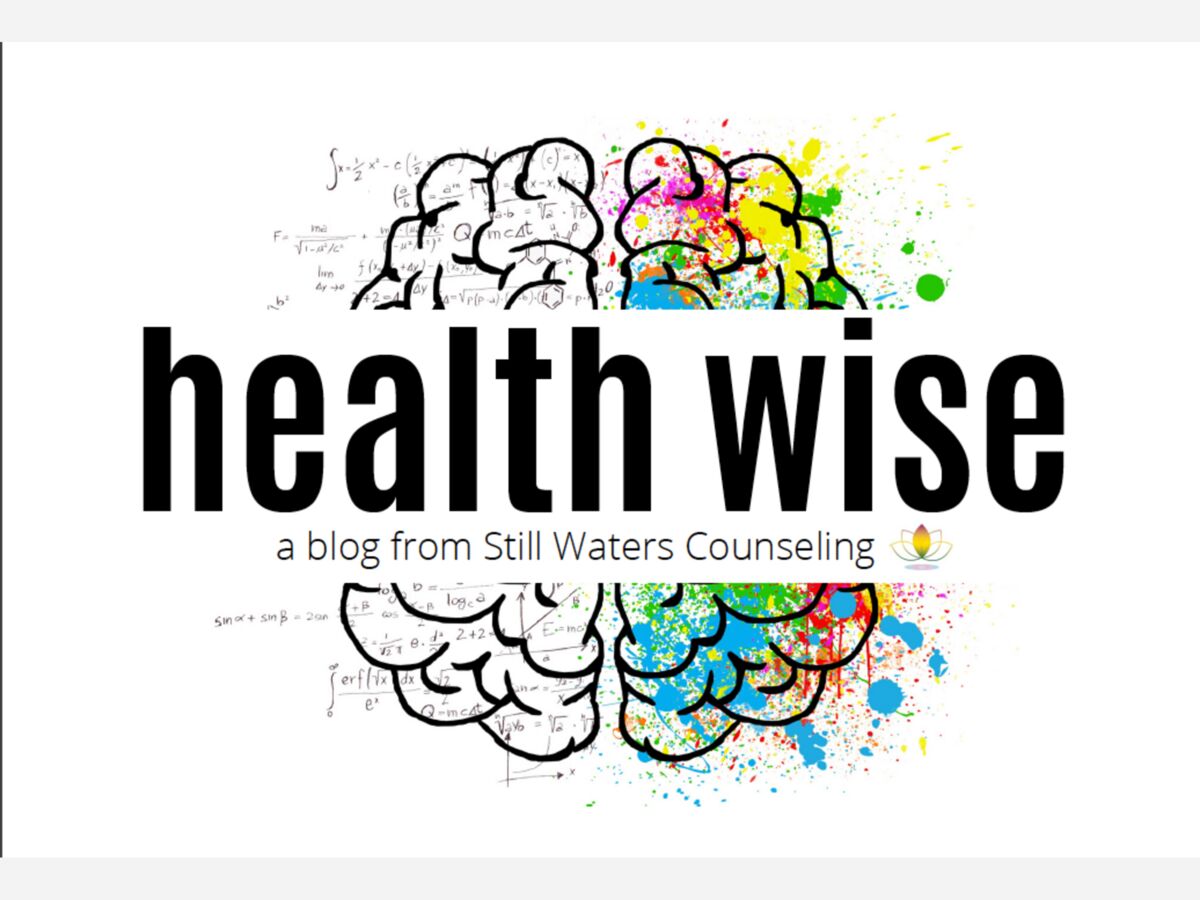Image

What might you have in common with a Pufferfish? Probably more than you think! Pufferfish are known for their response to a threat… they quickly transform from a cute, small, and slow swimmer into a much larger, spiky, fierce, and even toxic force to be reckoned with. When threatened, a Pufferfish becomes one of the world’s most poisonous animals.
How do you respond to a threat, or something you’re afraid of? You may become angry, or at least appear that way, when you feel like you’re being attacked. If you’ve ever heard of our brain’s “Fight or Flight” response, this is one way our body prepares to “Fight.” In other words, anger is a response to another, more powerful feeling – Fear.
Sometimes when we’re in pain, we might want to shout, cry, or even hit something. When we are angry, triggered, or afraid, it’s easy to act impulsively. When we become irritable and act on these urges, it’s a lot like Pufferfish when they puff into something bigger and more threatening. And much like a Pufferfish, the negative energy coming out (just like the poison on the Pufferfish’s surface and fins) can be harmful to us, or others around us.
In the last year, there is a prominent fear trigger in our lives: the Covid-19 pandemic. Can you think of a time when case numbers, social distancing, masks, or other changes and uncertainties have caused you to “puff up” out of fear? Or maybe because our experience has been so prolonged, maybe we have had our Pufferfish spikes out the whole time, just waiting for the next trigger. Without noticing, we might be just a little more puffed up than we used to be… except all the time. And that’s a really difficult way to live!
How do we deflate or calm down when we become triggered, or puffed up? First, we should try to understand our triggers – Was it a stranger’s sneeze that had you worried you might fall ill? Did missing a due date open up a fear of failure? Maybe social distancing has left you feeling isolated and fearing loneliness. Naming these worries, making connections, and gaining awareness of our own patterns can help take away some of the mystery that frightens us.
Taking a break or a “reset” time is usually a good idea, too. Finding a comfortable and quiet area can help us feel safe and allow us the peace we need to calm our fearful and sometimes chaotic thoughts. Taking deep breaths can help us remind our body that it is safe and taken care of. When we can soothe our internal anxiety and fears, much the time our external responses will follow. We might find that our spikes retreat, the poison we prepared to pass on will fall away, and eventually, we can deflate back into the a more wise, thoughtful, and clear-minded version of ourselves.
Here are some tools for when you might feel puffed up, like a Pufferfish:
https://www.therapistaid.com/worksheets/dbt-emotion-regulation-skills.pdf
https://dialecticalbehaviortherapy.com/distress-tolerance/distracting-activities/
https://www.youtube.com/watch?v=YFdZXwE6fRE
** This one is a breathing exercise that a Pufferfish helps narrate!
We hope you find these useful as part of your mental health toolbox!
Guest Author: Carolyn Robbins, LLMSW